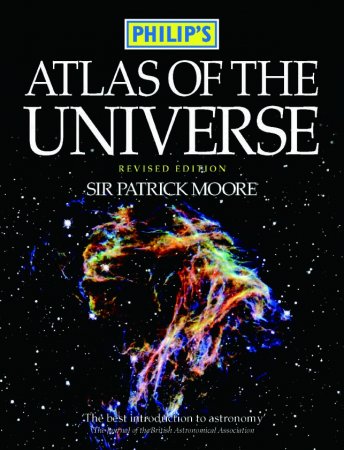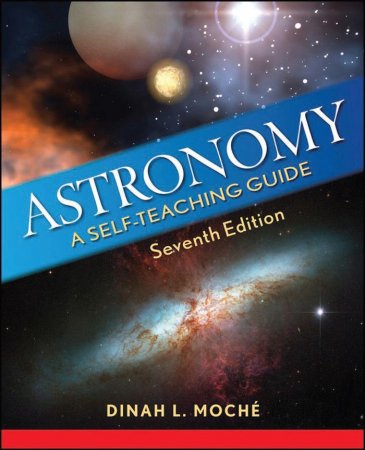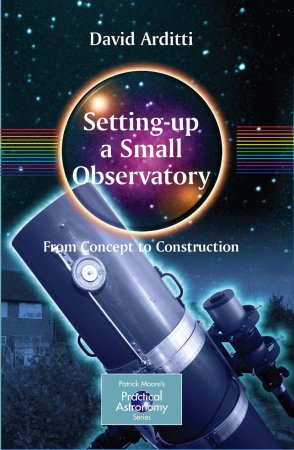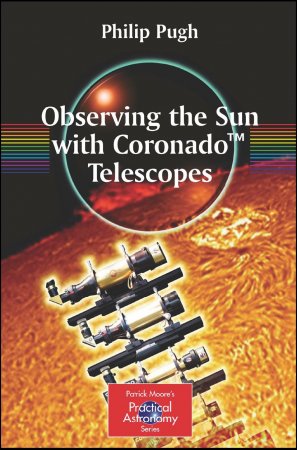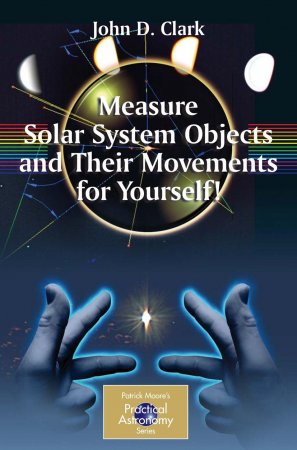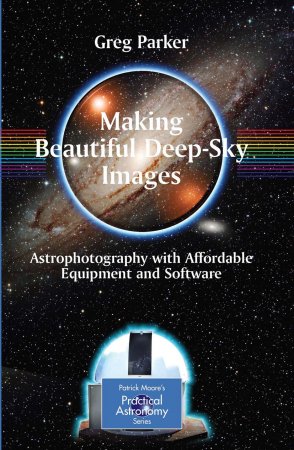НавигацияАрхив новостейСтатистика |
Atlas of the UniverseАтлас Солнечной Системы, Солнца, звезд и Вселенной. Завораживающие, великолепные фотографии с обычного телескопа и телескопа Хаббл, снятые в течении четырех десятилетий. Также история астрономии и исследований космоса, глоссарий технических терминов. Атлас содержит детальные карты звёзд и планет, включая атлас созвездий с техническими данными. Этот атлас наряду с практическими советами делает его полезным для тех, кто желает открыть для себя Астрономию. Taki's Star Atlas / Taki's Magnitude Star Atlas Visual Astronomy in the Suburbs: A Guide to Spectacular ViewingMany amateur astronomers live in or near cities and have to carry out their observing from relatively light-polluted sites. Fortunately this is not the problem it used to be, and a combination of skill, observing techniques, and modern technology, such as image-intensifiers, can now be used to astonishing effect to view the night sky in real-time. Illustrating the book with images and some of his own superb drawings, Antony Cooke explains how to observe some of the most spectacular objects from less than perfect observing sites. Spectroscopy: The Key to the Stars: Reading the Lines in Stellar SpectraWhile most amateur astronomers know about the red shift, have a general idea of the way that the emission and absorption lines in stellar spectra provide an insight into the atomic processes of the star, it is unusual to find someone who has any kind of detailed knowledge. The reason isn’t lack on interest far from it but is because all the books currently available are pitched at professional astronomers and degree students, and are to say the least, difficult to read. Pattern Asterisms: A New Way to Chart the StarsSince the very beginning of astronomy, people have looked up sky and constructed patterns the constellations out of the almost random scattering of stars in the night sky. The fact that the constellations are still used to day reflects not their historical origins, but their usefulness in identifying bright stars in the rotating dome of the sky. Most people (and all astronomers) are familiar with, for example, the constellation of Orion and can thus easily point to Betelguese and Bellatrix as being Orion’s "shoulders". It is the pattern made by the constellation that makes them easy to identify. What applies to big groups of stars can also be applied to smaller ones, and this book provides a set of memorable mini-constellations to help in identifying and remembering stars in the binocular or low magnification telescopic field. Suitable for observers using binoculars and medium size telescopes, this catalog includes star pictures, dot-to-dot outlines of the objects ( on a negative photograph for clarity ), and an artistic image next to the star patterns. Size, stellar magnitudes, and coordinates are provided, along with north direction, star-hopping instructions & Sky Atlas 2000 references. There are sixty-seven "pattern asterisms" in this catalog. Most are easy to see in sixty millimeter binoculars, and few are what observers describe as "challenging". The imaginative observer will surely begin to develop a new insight into star patterns, and will start seeing patterns of his own, under this catalog's influence! Measure Solar System Objects and Their Movements for Yourself!Instead of taking somebody's word for it about the basic size and distance statistics for the solar system, this book shows amateur astronomers how to measure these things for themselves. This is an enriching experience for any amateur astronomer - to understand and personally measure some fundamental astronomical quantities and distances. Making Beautiful Deep-Sky Images: Astrophotography with Affordable Equipment and SoftwareThis book is based around the author’s beautiful and sometimes awe-inspiring color images and mosaics of deep-sky objects. The images were used as the basis of a public exhibition held at the University of Southampton (Summer 2006), attended by the press, local radio and TV interviewers as well as the public. The book describes how similar images can be created by amateur astronomers, using commercially available telescopes and CCD cameras. Subsequent processing and image enhancement in the “electronic darkroom” is covered in detail as well. Not everybody can afford the biggest and best telescopes and CCD cameras, so a range of telescopes and equipment is considered, from the author’s 11-inch with Hyperstar camera, down to more affordable instruments. Appendices provide links to free software – not available from a single source – and are themselves an invaluable resource. |
ПопулярноеКалендарь
ОпросОцените дизайн сайта
Немного рекламы |
|||||||||||||||||||||||||||||||||||||||||||||||||
